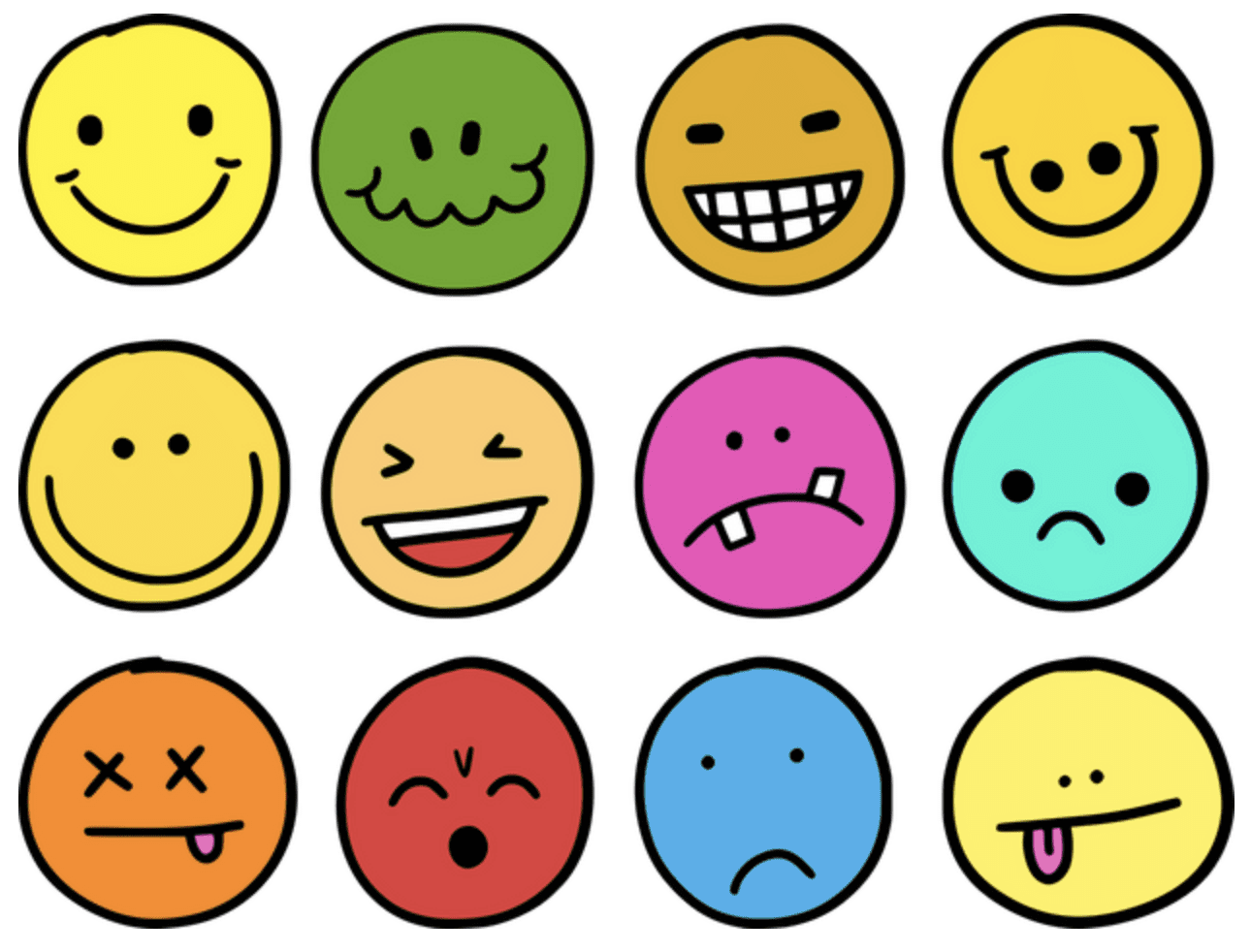By: Ella Parker and Valerie Garcia
Hello 4th graders! Today, we’re going to use technology to explore the fascinating lives of some of the most important women in history. By using technology, we can learn about the incredible achievements of women from all around the world, and how their actions and contributions have shaped the world we live in today. We will be using some amazing resources like websites, and making our own books to learn about these incredible women, and discover how they made a difference in their time. So get ready to put on your explorer hats, and let’s use technology to dive into the stories of some amazing women who changed the course of history!
The book being made by the students will be the final part of our unit on woman history month. Over the course of this unit the students have been learning about important women in history and the teacher will allow the students to branch out and pick a woman in history that speaks to them and inspires them. The book they make will be presented in front of the whole class so as to learn from their peers.
By the end of this instructional lesson, students will be able to effectively use technology to research and gather information about important women in history, including their achievements, contributions, and impact on society. Students will be able to navigate websites, use search engines to find relevant information and evaluate the credibility and reliability of sources. They will also be able to organize their research and present their findings in an organized and engaging way using technology tools such as the book they are making.
The technology being used in this lesson is google docs to draft their book, book creator to make their book, google sites to keep an inventory of all the books made, and lastly the search engines they are using to find their research.
Technology is supporting the instructional goal because they are using these tools to gather credible information on a woman that inspires them and showcasing this in a way that is accessible to everyone.
https://docs.google.com/document/d/1Sg5Nd1tuMk1wFvuJDik-VXSEcSJqVIc2GepjIk3MHao/edit
(planning worksheet)
(site to post the student’s books on)
Example Book Below:

















